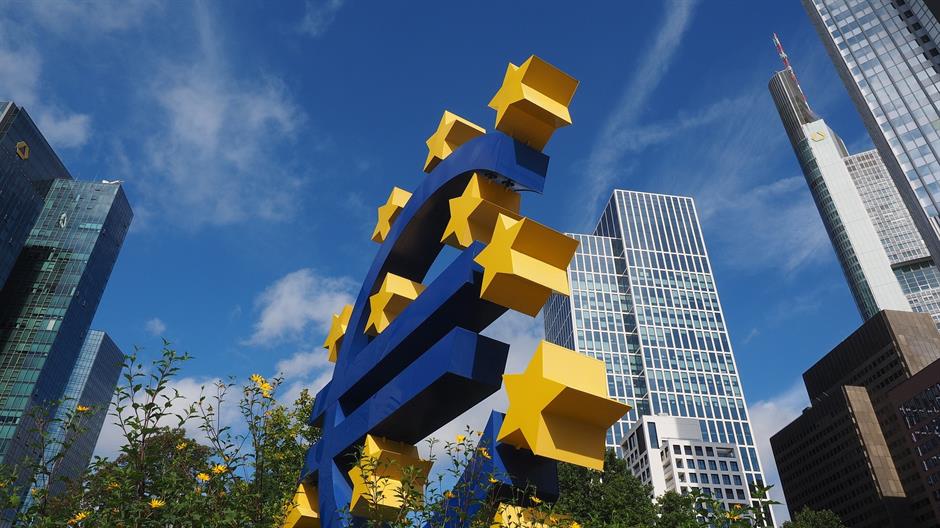
Findings of the ECB's assessment showing that all the major commercial banks in Croatia have met capital adequacy requirements and passed stress tests means that Croatia is a step closer to the European Exchange Rate Mechanism (ERM II), the Croatian Chamber of Commerce (HGK) said on Friday.
Therefore we can expect the country to join the euro area in 2023, as planned, the HGK says in a press release after the Croatian National Bank (HNB) stated that the comprehensive assessment conducted by the European Central Bank showed that the five leading banks in Croatia are well-capitalised and resilient to shocks.
Zagrebacka banka (ZABA), Privredna banka Zagreb (PBZ), Erste & Steiermaerkische Bank, OTP banka Hrvatska and Hrvatska Postanska Banka (HPB), which were covered by the comprehensive assessment conducted by the ECB, do not face any capital shortfalls as they did not fall below the relevant thresholds used in the asset quality review (AQR ) and the stress test, the Croatian central bank reported earlier on Friday.
The findings are also the confirmation of the stability and good quality of the Croatian banking system, the chamber underlines in its comment.
This is also an act of recognition of our members from the banking system and of the whole economy, says the HGK.
The chamber reiterates some of the advantages of the membership of the euro area such as the access to funding through the European Stability Mechanism, the fact that the HNB would no longer have to maintain the stability of the kuna, and the consequent higher credit ratings for the country.
Banks covered by ECB assessment make up four-fifths of total banks' assets in Croatia
The five banks that fared well in the ECB comprehensive assessment make up 79% of the total assets of the banking system, the HGK notes.
Croatia sent its letter of intent to join the Exchange Rate Mechanism (ERM II) to the ECB on 4 July 2019.
The finance ministers of the euro area's 19 member states and Denmark, the president of the European Central Bank (ECB) and a representative of the Danish central bank's governor discussed the letter at a meeting in Brussels, after which the finance ministers issued on 9 July 2019 a statement in which they "welcome the intention of the Croatian authorities to put in place the necessary elements for a successful entry into ERM II."
The euro area statement said then that the ECB could complete its assessment of Croatia's compliance with the commitments it outlined in the letter of intent in about a year's time.
In case of a positive assessment, a decision would be made on Croatia's ERM II participation, a sort of euro waiting area where it should spend at least two years, which means Croatia could introduce the euro in 2023 at the earliest.
Croatia would simultaneously join ERM II and the Banking Union.
Kakvo je tvoje mišljenje o ovome?
Pridruži se raspravi ili pročitaj komentare



 Srbija
Srbija
 Bosna i Hercegovina
Bosna i Hercegovina
 Slovenija
Slovenija







